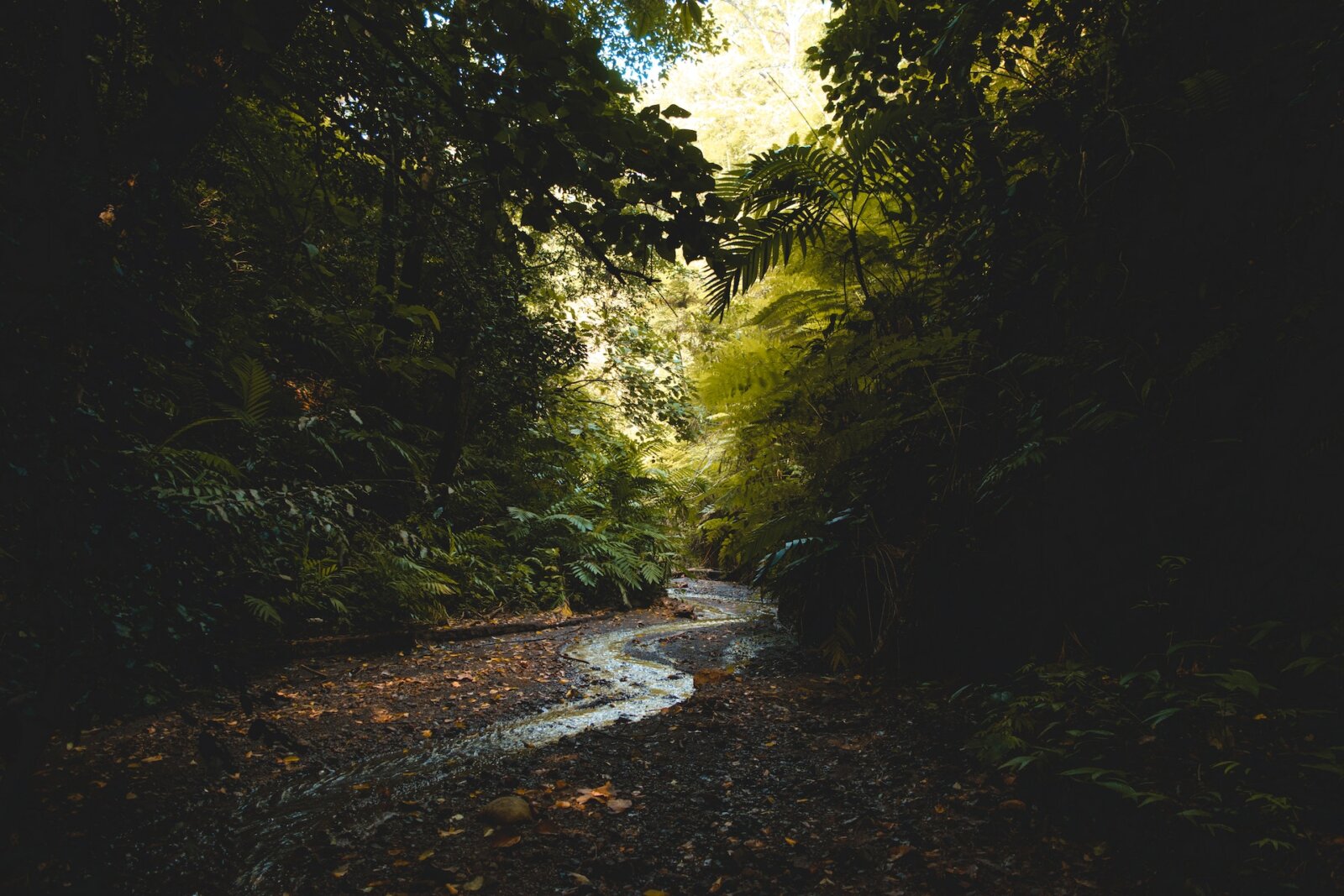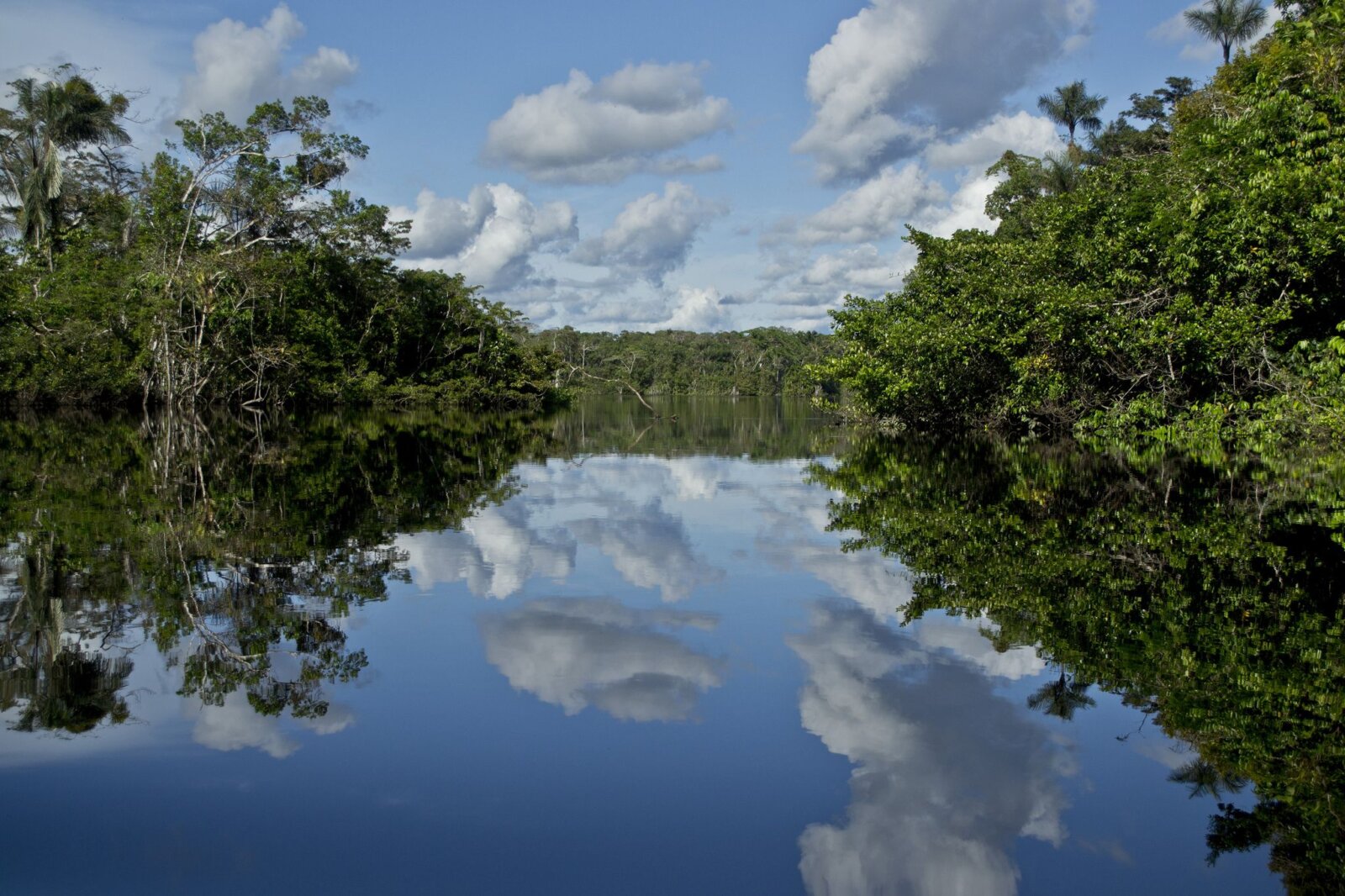The Kichwa of Sani Isla have continued to live from the rainforest of the Amazon, hunting and gathering, as well as establishing small-scale agriculture, in a special enclave of the Napo riverbanks. They still use the plants and trees in their forested backyards, and the river is, of course, their main source of fresh fish. As one would expect of jungle denizens, they also gather nutritious fruits, heart of palm and peanuts from specific trees that grow naturally in the area.
Living within a natural environment such as this may certainly seem a daunting endeavor. But one quickly notices – upon getting to know the men and women that make up the tiny jungle hamlet of Sani – that there are great perks to being sustainable. Independence from modern society and its constraints is replaced by a profound and awe-inspiring dependence on the territory one lives in, especially a territory as magnificently lush and beautiful as this. The Sani community, as a chosen few throughout the Napo River Basin, is connected to its land. This is not a simple lifestyle as much as it is a world without contemporary façades. Jungle life is about living it, surviving with what one can get and make with his or her own hands and ingenuity. The joy and stealth of children, the expertise and knowledge of every grown-up of what the forest offers and how to obtain it, are examples of how life is really played out when it becomes an integral part of your daily activities.
In recent years, the community has had to face the expansionist efforts of the oil companies, first the US oil company Occidental Petroleum (OXY) and then the Ecuadorian Petroamazonas Company.
The Napo River is one of the main tributaries of the Amazon River. It rises on the flank of Cotopaxi volcano and flows into the Amazon after crossing 702 miles, the last 414 in Peruvian territory. It flows through the Ecuadorian Amazon jungle, crossing the Yasuní National Park, among others.
The river, wide and deep enough, is mainly navigated by canoes and small motor boats. But sometimes it is also travelled by barges transporting trucks used in the oil industry. It is precisely oil that is endangering the fragile balance of the Ecuadorian Amazon. Travelling along the river it is not unusual to observe oil towers crowned by the typical flame that burns excess gas, in addition to the excavations that have been made in some sections of the left bank of the river.The river is no longer full of fish. It is difficult to say whether the cause is overfishing or pollution of the water caused by oil spills.





Follow Us